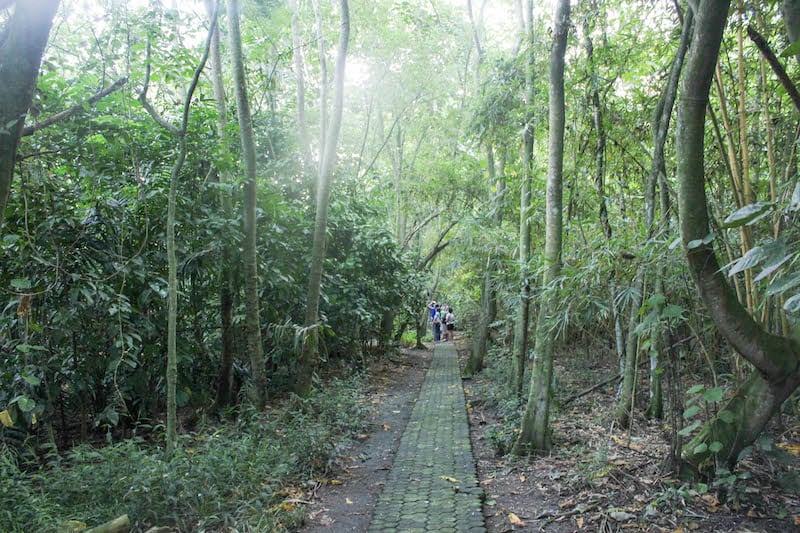
The birds have made his farm their permanent address.
It was an avian explosion. Rey Malana, a former seaman, owned a 1.3 hectare patch of riverside peppercorn farm in Tacurong City. One morning in 1996, he spotted four egrets perched on a tree inside his property. The birds flew away later that day only to return with a few more winged companions. The cycle repeated every morning over five years, with other species coming in. And right before Malana’s eyes, their numbers skyrocketed to 20,000. Before he knew it, his black peppercorn farm could no longer function. The birds had taken over the farm.
But Malana, a nature-lover, did not have any intention of shooing them away.
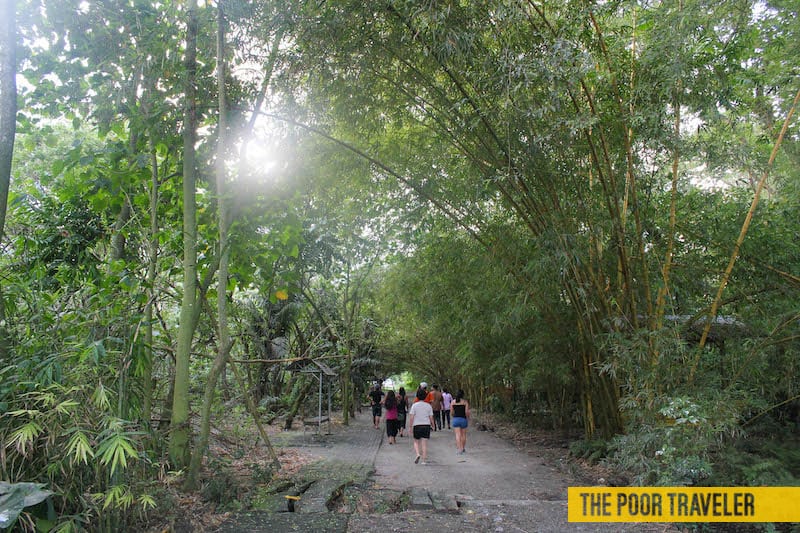

There are seven species of birds here, which include the Black Crown Night Heron, the Great Egret, and the Intermediate Egret. These migratory birds are no stranger to Tacurong; they usually pass by in certain months. Why the birds chose to stay in his humble farm, however, is still a mystery to many. Their previous habitat might have been destroyed. They might have found it a more strategic location, given its proximity to their hunting grounds — Lake Sebu, Lake Buluan, and Liguasan Marsh, where food remains abundant. “What matters is that they’re here,” Malana said at a briefing, “and so we need to protect them.”
Protect from what, you ask? “Because of their numbers, intensive hunting activities became a problem,” Malana said in a video feature about the sanctuary. There have been reports of bird poaching in the area. “My life is threatened protecting these birds.”
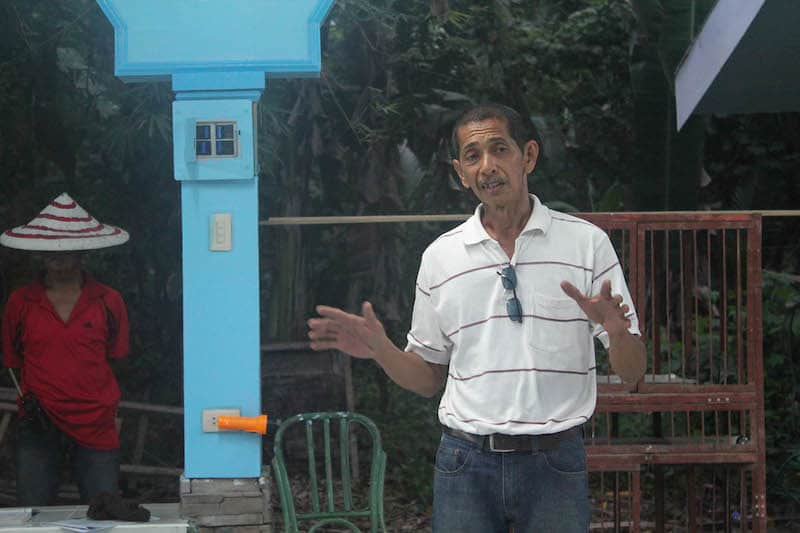
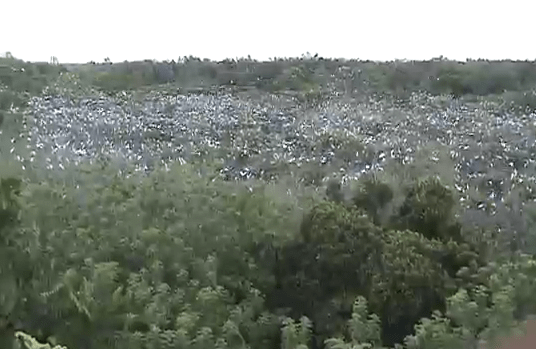
He enlisted the help of the local government. In August 2002, the city government of Tacurong declared his land an eco-tourism destination officially known as Baras Bird Sanctuary.
If you’ve never been to any bird sanctuary before, chances are you would be a little freaked out by the sheer number of our soaring friends here. At any given spot, dozens can be spotted — perched on trees or flying overhead. Cute and all, but they’re pretty big birds too. At one point, I wondered, until how many is considered healthy? When does it become too many? Is 1.3 hectares big enough for all of them?
Chirps and screeches add to the hum of the adjacent stream. White feathers carpet the ground, float in the air, or get trapped in spiderwebs. Peppercorn vines are absent now, but nests adorn the top branches of the kakawate trees. Every now and then, monitor lizards make an appearance. It is also not unusual to see helpless hatchlings at the foot of a tree. Or eggs lying on the ground. But it is important to not touch anything and let nature take its course. Experts come every now and then to check for bird flu and other issues that may arise.
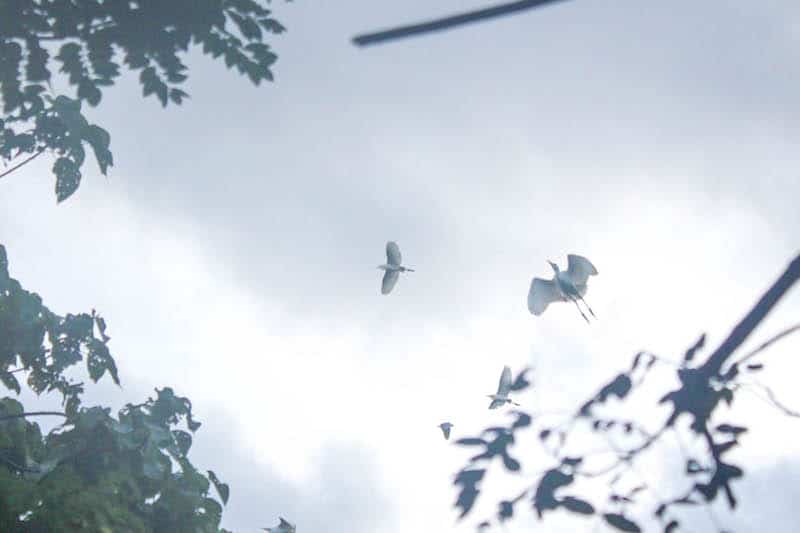
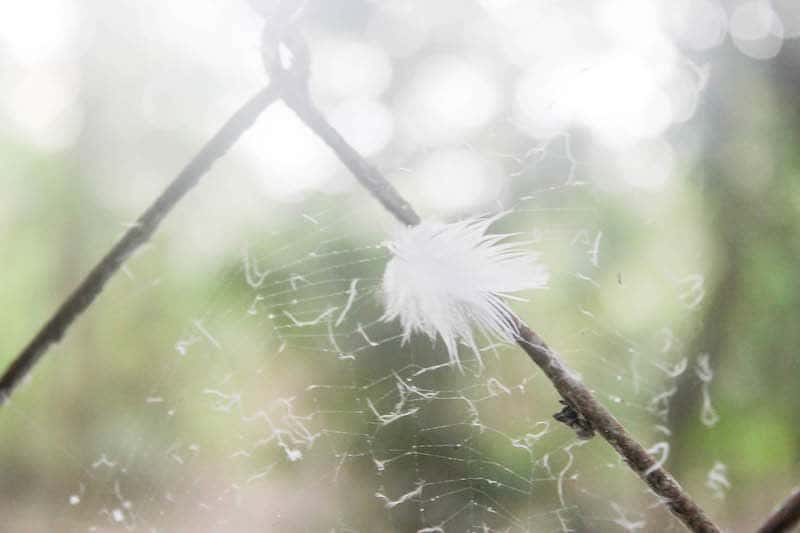
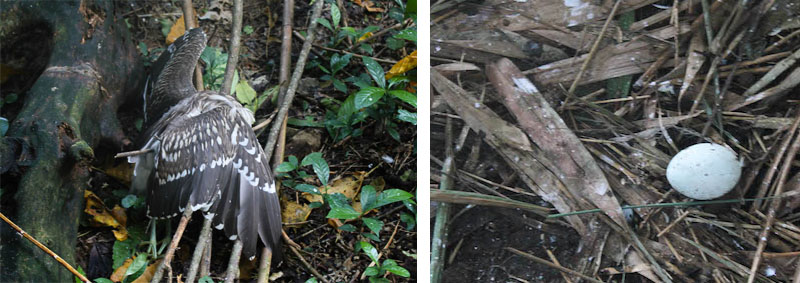
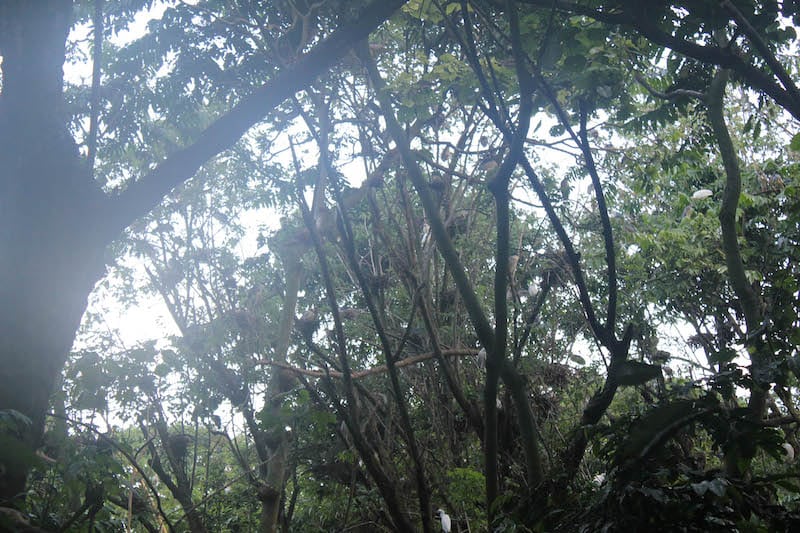
To minimize impact, tours are heavily regulated. Only 10-15 persons are allowed per batch, and each one is required to undergo briefing. Visitors are also prohibited from wandering off the trail, talking loudly, or picking up anything inside the site.
The best time to visit is two hours before sundown, when the night herons and other nocturnal birds are leaving the place to hunt, and the others are coming home from a day of work. It is the period where one could observe all the birds actively flying around, tending their young, breeding.
By the looks of it, these birds are here to stay. And as what Malana said, there’s nothing left to do but to protect them.
Baras Beach Sanctuary
Tacurong City, Sultan Kudarat, PhilippinesAdvanced booking is required. Contact City ENRO Office at (064) 384 1824






















